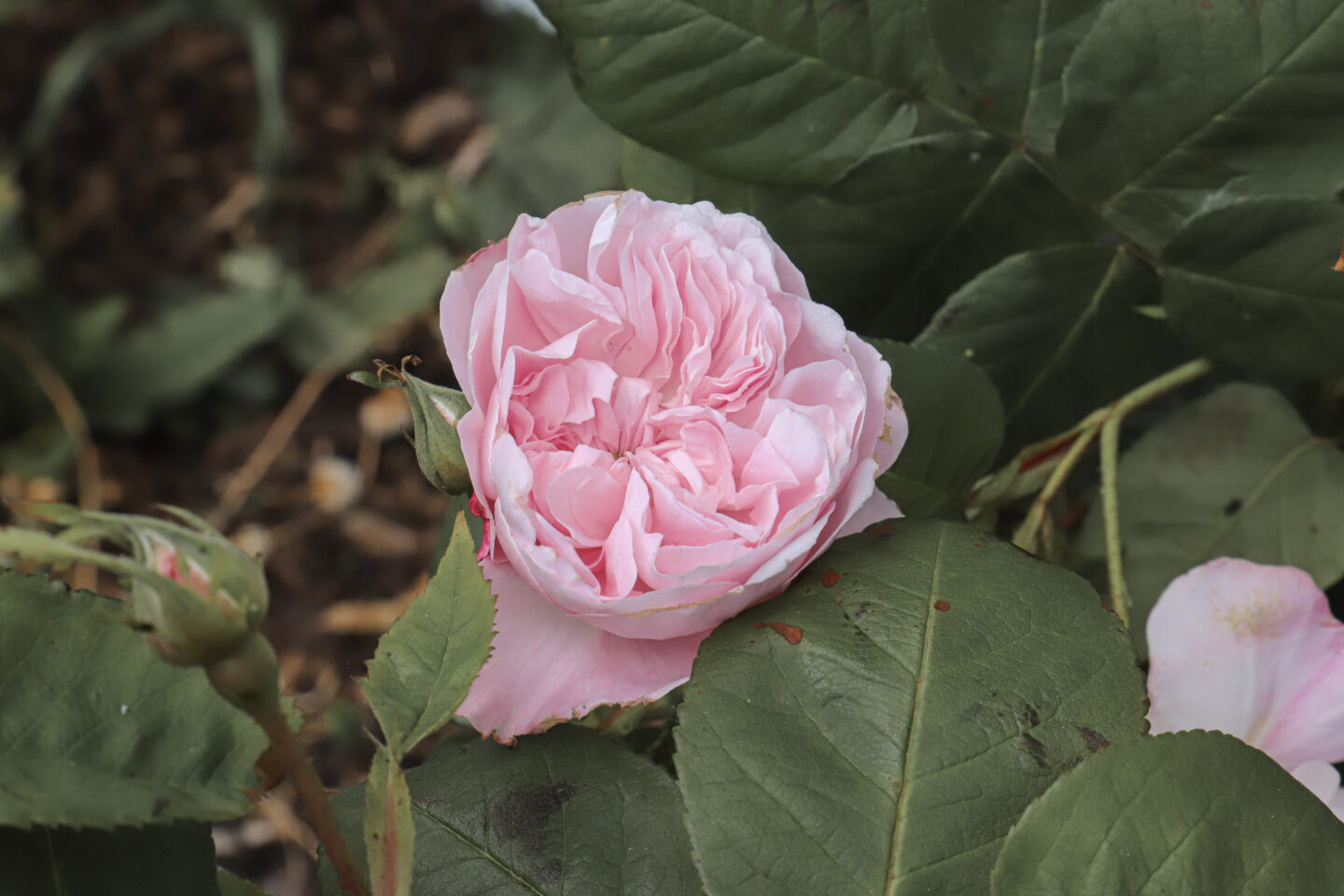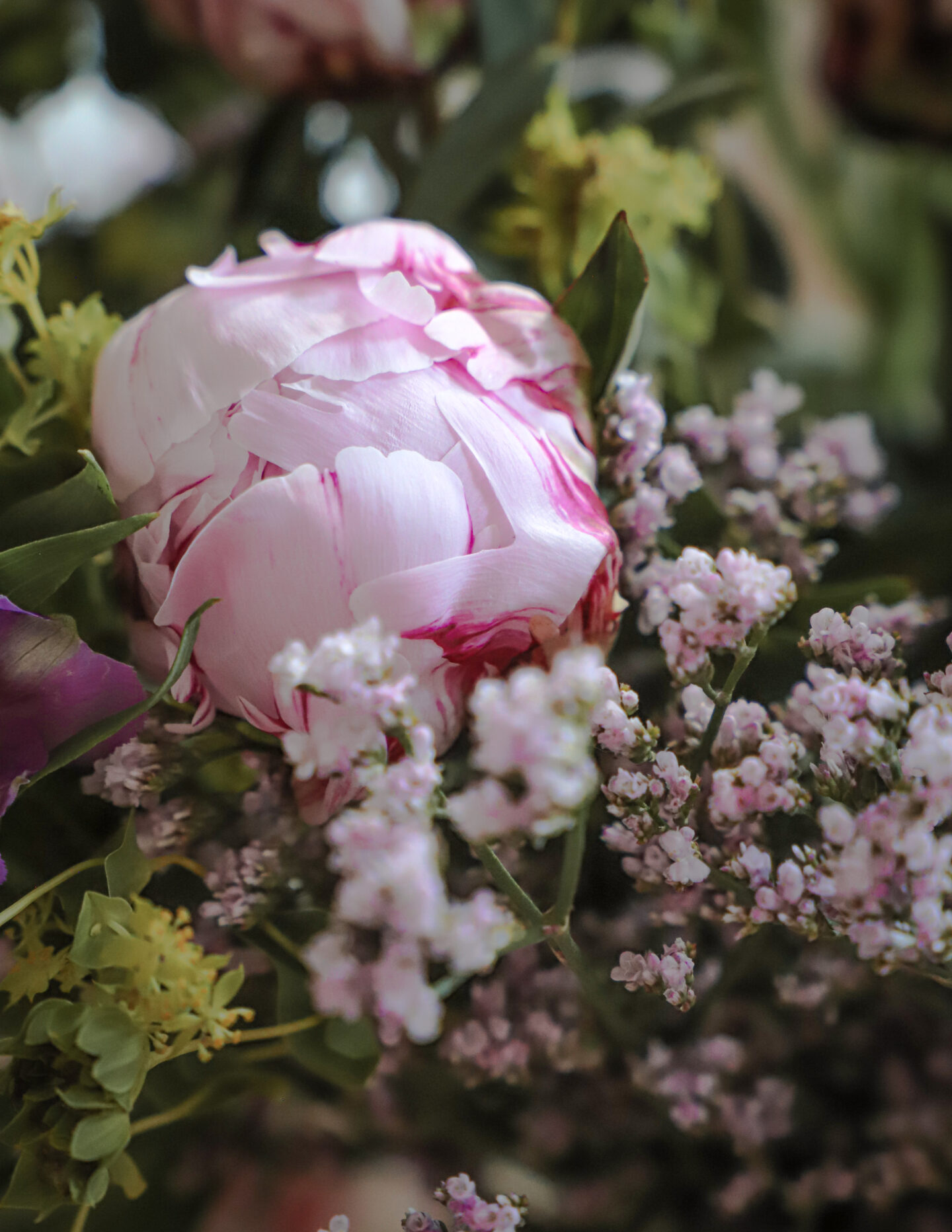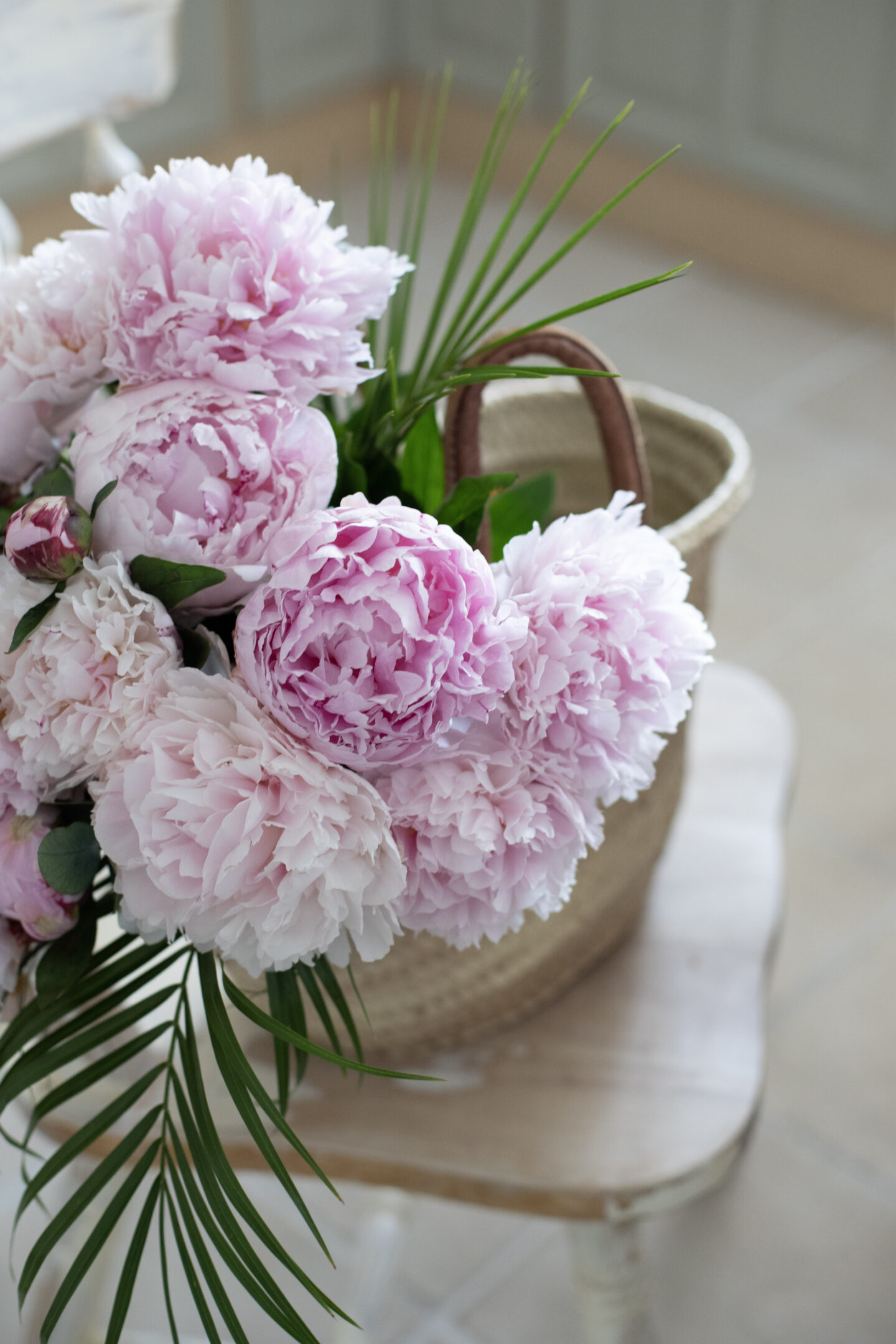Peonies are perennial flowers that have enchanted gardeners year after year with their lush blooms and captivating fragrances. Whether you are a devoted green thumb or simply starting your gardening journey, growing peonies can be a rewarding experience. Still, it can also be intimidating when you need help knowing where to start.
Below you’ll find a helpful guide to selecting, planting and caring for your peonies to get the best results and bountiful blooms. After all, why spend €20 on a bouquet of peonies when you can buy the plant for €15 and enjoy them for years to come?

Selecting the Right Variety
Peonies come in a variety of types, including herbaceous, tree, and intersectional peonies. Before planting, consider your climate, available space, and personal preferences.
Herbaceous peonies are the most common and adaptable, while tree peonies offer stunning woody stems. Intersectional peonies combine the best traits of herbaceous and tree peonies.
Select the type that suits your needs and gardening conditions.
Finding the Perfect Spot
Despite their delicate appearance, peonies are hardy plants that can survive in various conditions, making them a versatile addition to any flower bed.
Peonies need a minimum of six hours of direct sunlight in well-draining soil, so you will want to ensure the planting area has good air circulation to prevent diseases.
Avoid low-lying areas that might collect water and cause root rot.

How Long Do Peonies Take To Grow in Ireland?
Peonies can take some time to establish and start producing abundant blooms. When planting peonies from bare roots, it generally takes 2 to 3 years for the plants to become fully established and start flowering consistently.
Here’s a general timeline of peony growth from root:
First Year: After planting bare-root peonies, the plants focus on root development during the first year. Expect to see limited or no blooms during this initial growing season. The plants will establish a robust root system to support future growth.
Second Year: In the second year, you may see a few blooms, but they will still be relatively sparse. The plants will continue to develop and strengthen their root systems, establishing a solid foundation for future growth.
Third Year and Beyond: By the third year and beyond, your peonies should be well-established and produce more blooms. They will continue to grow and bloom profusely with each passing year as long as they receive proper care and maintenance.
It’s important to note that these timelines depend on various factors such as growing conditions, peony variety, and overall care.
Some peonies may take longer to establish and bloom, while others may flower earlier.
Patience is key when growing peonies, as they are long-lived perennials that reward you with increasingly impressive displays as they mature.

When To Plant Your Peony
Spring and autumn are the peak times to plant these technicolour flowers.
Peonies aren’t frost tender (meaning they aren’t damaged by winter frosts), so they can be planted in whatever season works best for you. Late September and October are the prime months to take action.
Planting Your Peony
You will need to dig a deep and wide hole to comfortably accommodate the root system. However, it’s vital not to plant peonies too deep.
If they are, the peony can still have healthy foliage, but it won’t produce many – or perhaps not even any – flowers.
Place the peony with its eyes (buds) facing upwards, ensuring they are no deeper than 2 inches below the soil surface. So how deep should you plant a peony? The crown should be no more than 2in (5cm) below the soil’s surface when you put peonies in.
Be cautious when backfilling that the root doesn’t end up deeper than this, and watch out for this when adding mulch, too.
Watering and Mulching
Established peonies are relatively low-maintenance but require regular watering, especially during dry spells. Provide deep watering once a week, ensuring the soil is moist but not waterlogged.
Place a layer of organic mulch at the base of the plants to conserve moisture, suppress weeds, and insulate the soil. Mulching also helps regulate soil temperature, which is beneficial in extreme climates.

Support and Staking
Peonies produce heavy blooms that can cause the stems to bend or break. Install peony supports or stakes early in the growing season to prevent this.
Place the supports around the plants, ensuring they are hidden beneath the foliage.
As the peonies grow, gently tie the stems to the stakes using soft twine or plant ties. This support will protect the blooms and keep the plant upright.
Deadheading and Dividing
Once your peonies have finished blooming, deadhead the spent flowers to divert energy towards root development rather than seed production.
Snip the flower stalks just above the first set of healthy leaves.
Additionally, consider dividing mature clumps every 4-5 years to maintain their vigour. Dig up the plant in early fall, carefully separate the crown into sections with three to five eyes, and replant them at the appropriate depth.

Growing peonies is a delightful endeavour that rewards you with stunning blooms and an enchanting garden. By following these essential tips, you’ll be well on your way to cultivating flourishing peony plants.
With proper care and attention, your peonies will become showstoppers, adding a touch of elegance and beauty to your flower bed for years to come.
If you would like to watch more videos and pick up some more garden tips, check out the Cottage Garden Playlist on YouTube, where you will find a new video every Sunday! Or click here for more garden posts.

